Understanding Kubernetes from Real-world Use Cases
See these real-world case studies from six successful companies using Kubernetes.
Join the DZone community and get the full member experience.
Join For FreeWhy Kubernetes?
The Docker adoption is still growing exponentially as more and more companies have started using it in production. It is important to use an orchestration platform to scale and manage your containers.
Imagine a situation where you have been using Docker for a little while, and have deployed on a few different servers. Your application starts getting massive traffic, and you need to scale up fast; how will you go from 3 servers to 40 servers that you may require? And how will you decide which container should go where? How would you monitor all these containers and make sure they are restarted if they die? This is where Kubernetes comes in.

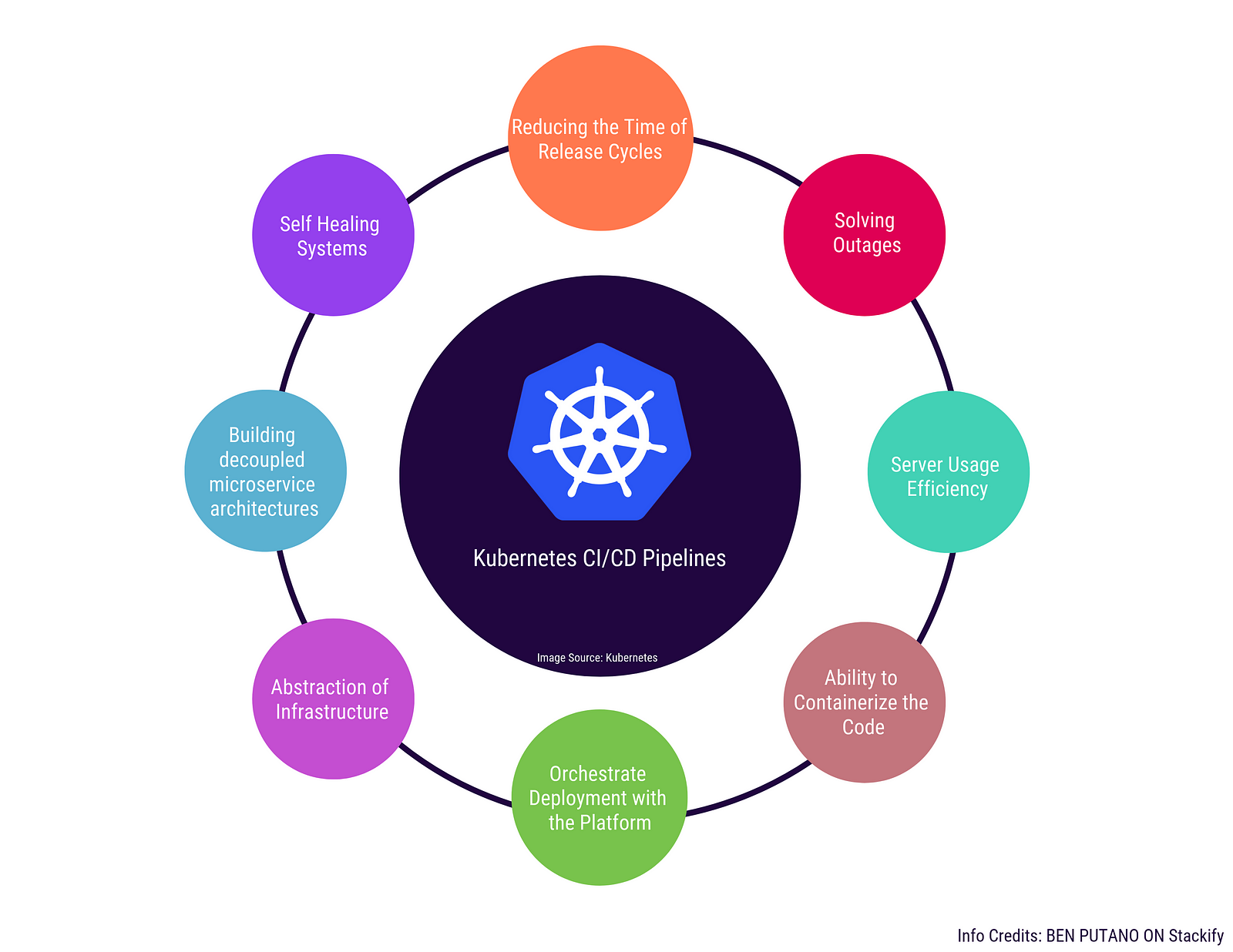
Kubernetes Use Cases
1. Tinder’s Move to Kubernetes
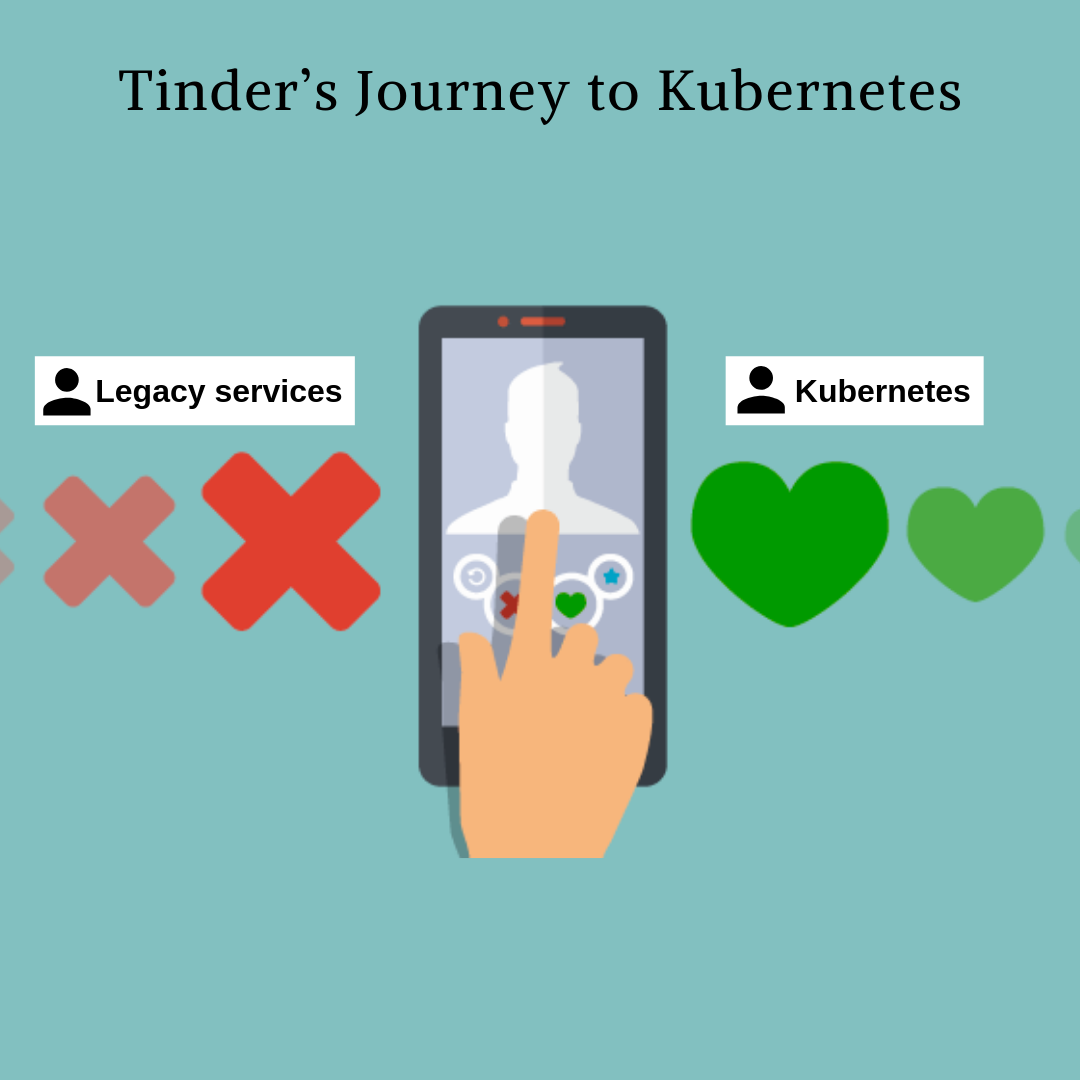
Due to high traffic volume, Tinder’s engineering team faced challenges of scale and stability. What did they do?
The answer is, of course, Kubernetes.
Tinder’s engineering team solved interesting challenges to migrate 200 services and run a Kubernetes cluster at scale totaling 1,000 nodes, 15,000 pods, and 48,000 running containers.
Was that easy? No way. However, they had to do it for the smooth business operations going further. One of their engineering leaders said, “As we onboarded more and more services to Kubernetes, we found ourselves running a DNS service that was answering 250,000 requests per second.” Tinder’s entire engineering organization now has knowledge and experience on how to containerize and deploy their applications on Kubernetes.
Read more about Tinder’s move to Kubernetes.
2. Reddit’s Kubernetes Story
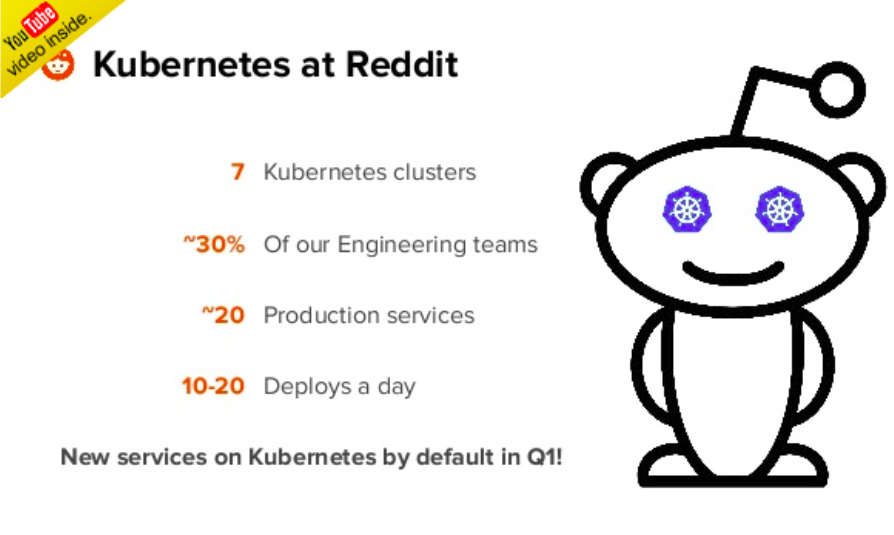
Reddit is one of the busiest sites in the world. Kubernetes forms the core of Reddit’s internal infrastructure.
From many years, the Reddit infrastructure team followed traditional ways of provisioning and configuring. However, this didn’t go far until they saw some huge drawbacks and failures happening while doing the things the old way. They moved to Kubernetes.
3. The New York Times's Journey to Kubernetes
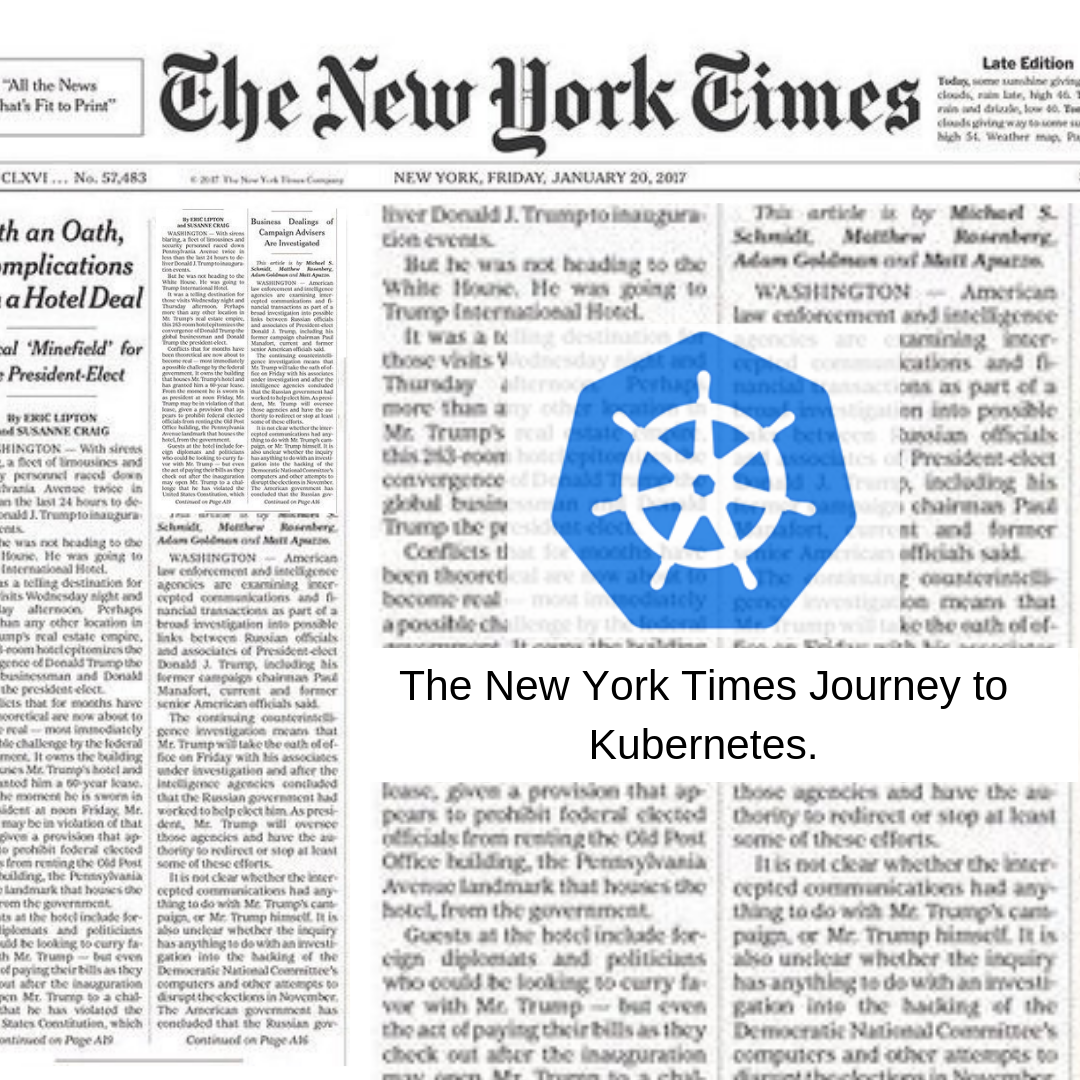
Today the majority of the NYT's customer-facing applications are running on Kubernetes. What an amazing story. The biggest impact has been an increase in the speed of deployment and productivity. Legacy deployments that took up to 45 minutes are now pushed in just a few. It’s also given developers more freedom and fewer bottlenecks. The New York Times has gone from a ticket-based system for requesting resources and weekly deploy schedules to allowing developers to push updates independently.
Check out the evolution and the fascinating story of The New York Times's tech stack.
4. Airbnb’s Kubernetes Story
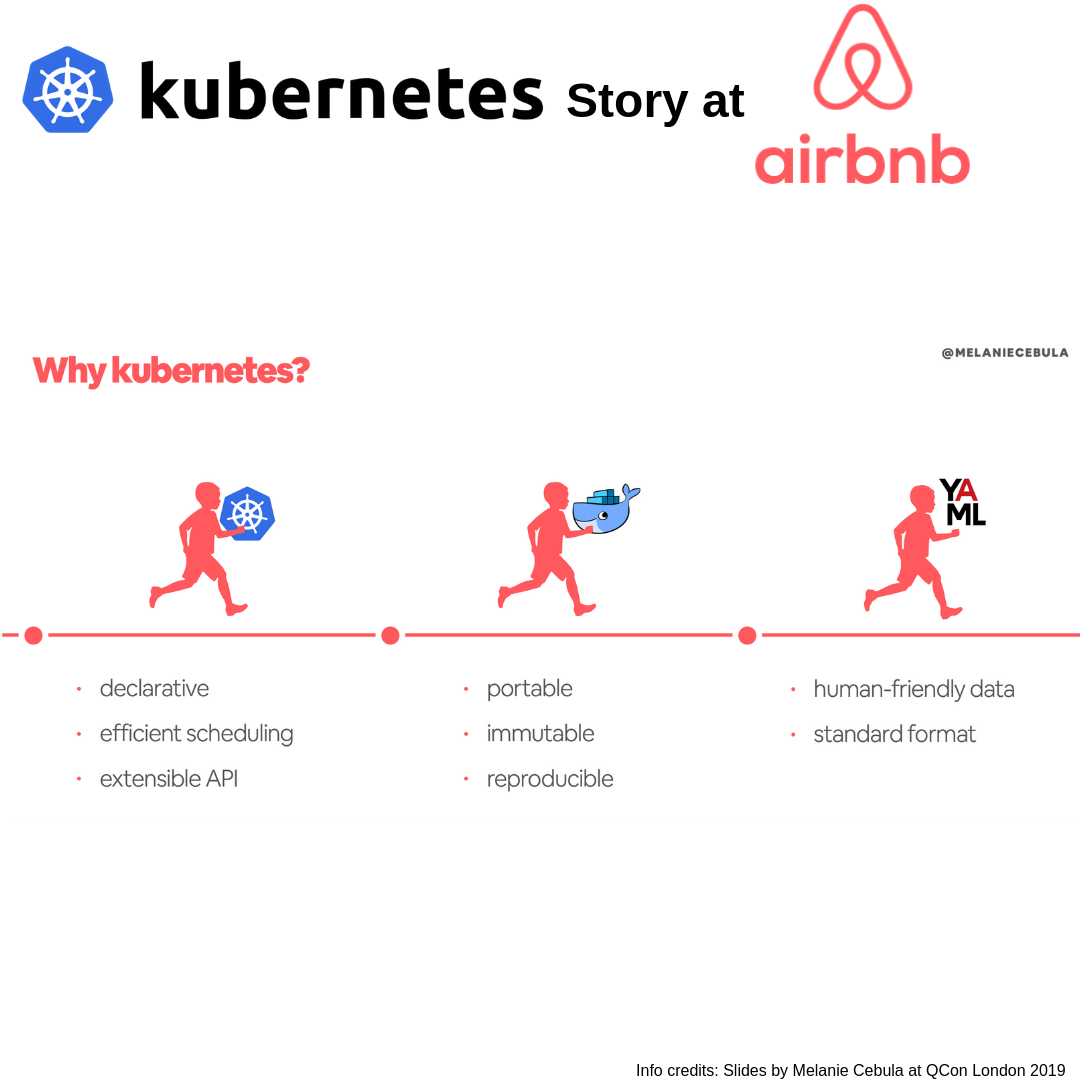
Airbnb’s transition from a monolithic to a microservices architecture is pretty amazing. They needed to scale continuous delivery horizontally, and the goal was to make continuous delivery available to the company’s 1,000 or so engineers so they could add new services. Airbnb adopted Kubernetes to support over 1,000 engineers concurrently configuring and deploying over 250 critical services to Kubernetes (at a frequency of about 500 deploys per day on average). I want you to see this excellent presentation from Melanie Cebula, the infrastructure engineer at Airbnb.
5. Pinterest’s Kubernetes Story

With over 250 million monthly active users and serving over 10 billion recommendations every single day, the engineers at Pinterest knew these numbers are going to grow day by day, and they began to realize the pain of scalability and performance issues.
Their initial strategy was to move their workload from EC2 instances to Docker containers; they first moved their services to Docker to free up engineering time spent on Puppet and to have an immutable infrastructure.
The next strategy was to move to Kubernetes. Now they can take ideas from ideation to production in a matter of minutes, whereas earlier they used to take hours or even days. They have cut down so much overhead cost by utilizing Kubernetes and have removed a lot of manual work without making engineers worry about the underlying infrastructure.
Read their impressive story on Kubernetes website ‘Pinterest Case Study’
6. Pokemon Go’s Kubernetes Story
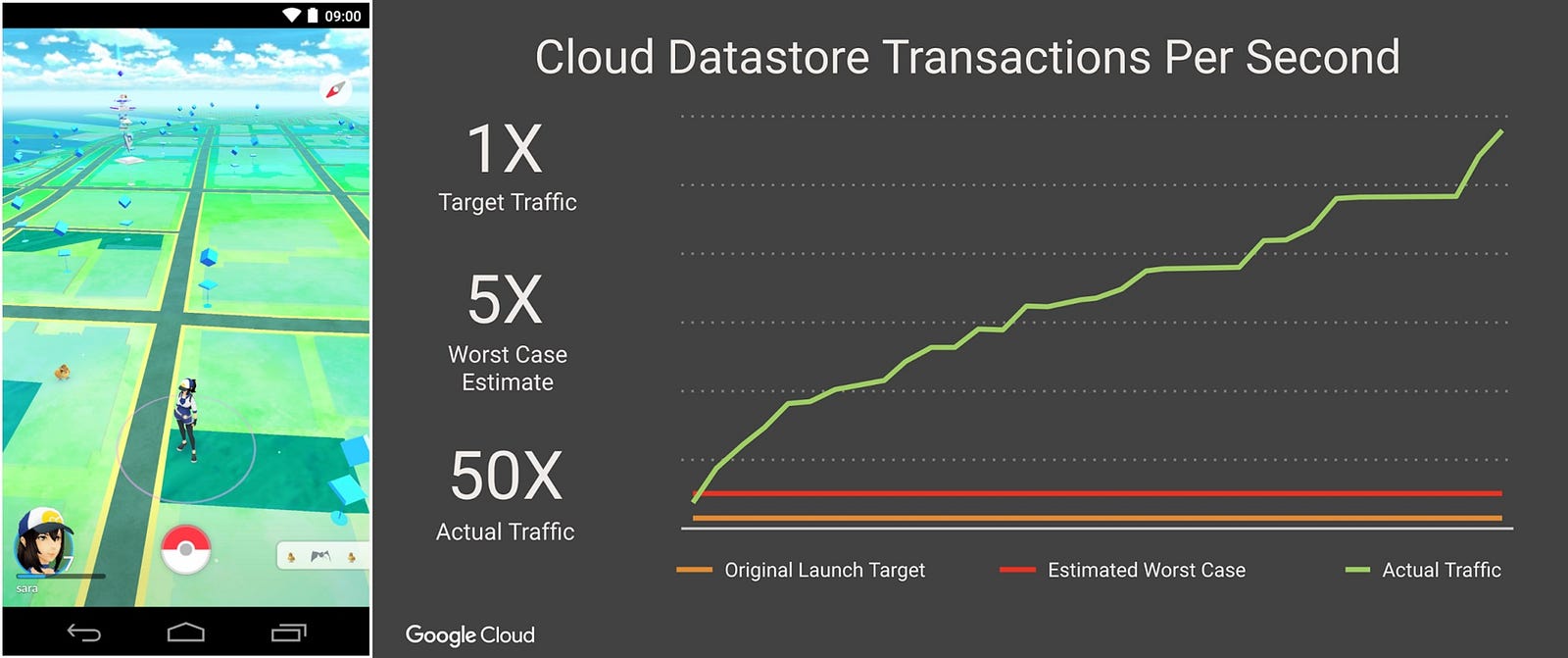
How was Pokemon Go able to scale so efficiently became so successful? The answer is Kubernetes. Pokemon Go was developed and published by Niantic Inc., and grew to 500+ million downloads and 20+ million daily active users.
Pokemon Go engineers never thought their user base would increase exponentially to surpass expectations within a short time. They were not ready for it, and the servers couldn’t handle this much traffic.
Pokemon Go also faced a severe challenge when it came to vertical and horizontal scaling because of the real-time activity by millions of users worldwide. Niantic was not prepared for this.
The solution was in the magic of containers. The application logic for the game ran on Google Container Engine (GKE) powered by the open source Kubernetes project. Niantic chose GKE for its ability to orchestrate their container cluster at planetary-scale, freeing its team to focus on deploying live changes for their players. In this way, Niantic used Google Cloud to turn Pokémon GO into a service for millions of players, continuously adapting and improving. This gave them more time to concentrate on building the game’s application logic and new features rather than worrying about the scaling part.
Impressive, isn’t it? Read the complete case study shared on Google Cloud.
BTW, you can see such amazing talks & case studies from the world's best software powered companies in the SwampUP event happening on June 17-19, 2019 in San Francisco.
Around the world, many CIO’s and technologists have chosen to use Kubernetes, and it is expected to evolve much more in the years to come.
Want to learn more? Try this simple 5-step Kubernetes CI/CD process.
Opinions expressed by DZone contributors are their own.

Comments